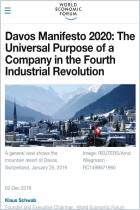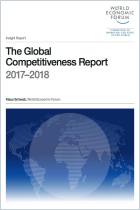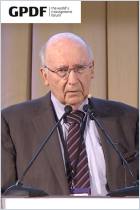Melden Sie sich bei getAbstract an, um die Zusammenfassung zu erhalten.

Melden Sie sich bei getAbstract an, um die Zusammenfassung zu erhalten.
Klaus Schwab
The Global Competitiveness Report 2016–2017
World Economic Forum, 2016
Was ist drin?
With global economic growth lagging, nations’ competitive vigor is critical to prosperity.
Recommendation
Global GDP growth continues to falter in an anemic economic recovery. Policy forecasters see future expansion as weak unless nations can reignite their competitiveness to drive productivity growth, which is critical to long-run prosperity. The World Economic Forum’s annual global competitiveness report details the countries that are leading the pack by focusing on innovation, developing private and public sector synergies, and opening trade and foreign direct investment markets. getAbstract suggests this robust report to executives interested in understanding what factors influence competitiveness and how several nations are crafting the right mix.
Summary
About the Author
Professor Klaus Schwab is the founder and executive chairman of the World Economic Forum.
























Comment on this summary